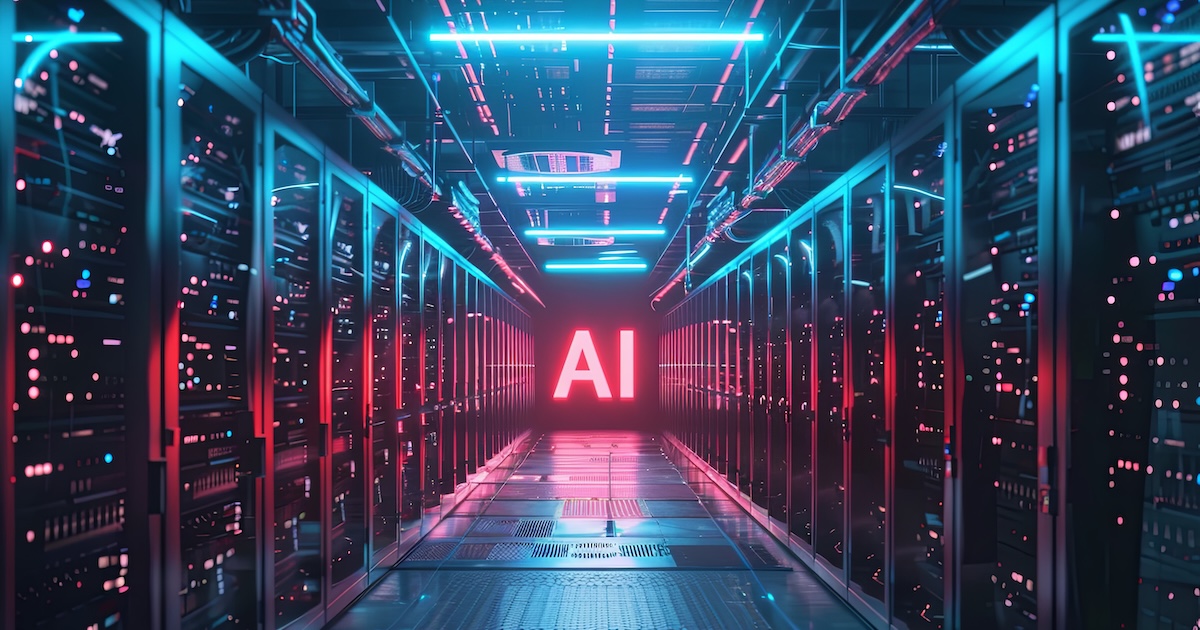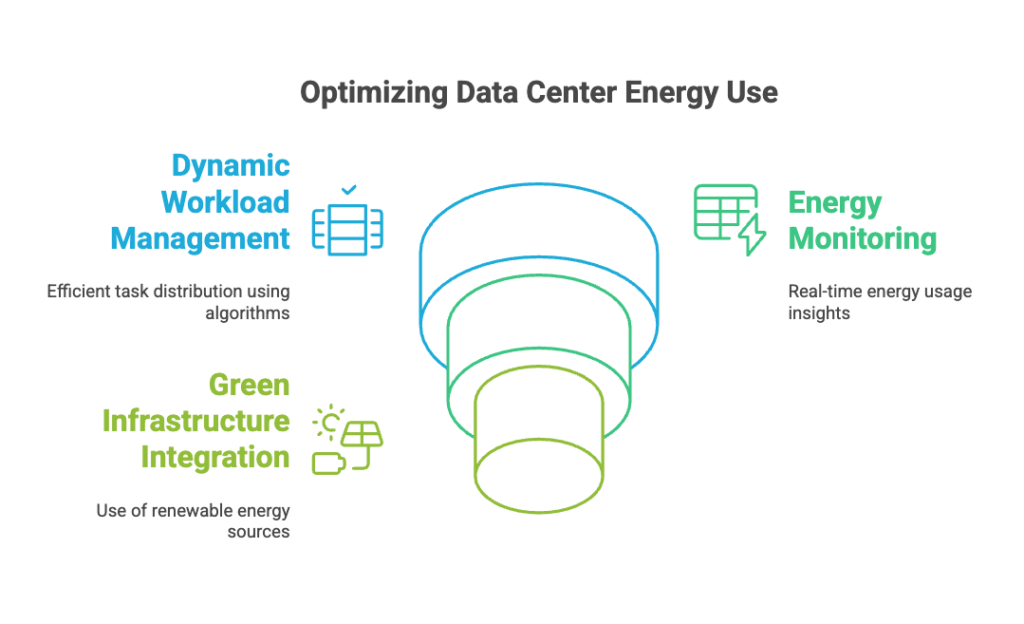As demand for AI rises, so do power thirsty data centers (2025)
Picture this: The next time you’re on a Zoom meeting or asking ChatGPT a question, the information zips instantaneously through a room of hot, humming servers, traveling hundreds, possibly thousands of miles to a data center, before it makes its way back to you in just a second or two.
Large data centers are where nearly all artificial intelligence systems and computing happens today. According to Vijay Gadepally, a senior scientist at Massachusetts Institute of Technology’s Lincoln Laboratory, each AI model has to sit on a server somewhere and they tend to be very big. As the United States strives to be a global AI superpower, it has become a home to hundreds of data centers that store and maintain the physical equipment needed for computing.

The Impact of AI on Data Centers
The rise of AI has tangible effects on data centers and the physical infrastructure needed to run them. Data centers and the physical infrastructure consume large amounts of energy, water, and other resources. The U.S. has built physical infrastructure to support the growing computing power as society transitioned from large desktop computers to sleek laptops, and internet infrastructure began supporting AI models and other software tools.
Large language models (LLMs) and machine learning (ML) technologies, which are the foundation of most modern AI tools, require graphic processing units (GPUs), servers, storage, cabling, and other networking equipment, all housed in data centers across the country. The dot-com bubble in the early 2000s and the move to cloud storage demanded much more storage capacity over the last decade, leading to the development of physical infrastructure to support growing computing power.
The Growth of Data Centers
The United States currently houses more than 3,600 data centers, with about 80% of them concentrated in 15 states. Tech companies, private equity firms, banks, and other real estate or specialized firms are the primary funders of data centers. Investment in American data center infrastructure is on the rise, with companies like BlackRock, Global Infrastructure Partners, Microsoft, and AI investment fund MGX investing billions into new and expanded data centers primarily in the U.S.

Data centers are responsible for about 2% of the U.S.' energy demand, but this is projected to rise to about 10% by 2027. As data centers are developed in new communities, residents and state legislators face a mix of financial benefits along with energy and environmental challenges.
Challenges and Solutions
One of the major challenges posed by data centers is their high demand for power and cooling. Data centers require large amounts of electricity for their operations, and cooling the equipment accounts for about 40% of their energy consumption. The amount of water and energy used in cooling data centers is enormous, raising concerns among climate experts.

Efforts are being made to optimize energy usage in data centers. Companies like DeepSeek are exploring cost-conscious and energy-efficient models to reduce power consumption. Strategies such as using cheaper, less-robust AI models, power capping, and using AI models at off-peak times can help reduce energy usage in data centers.
Localizing AI tools and hosting them on local servers can also be a cost-saving strategy for companies and data centers. Building tools to serve specialized settings rather than processing data at large data centers can help minimize energy consumption. Despite the increasing demand for AI and processing capabilities, there is a growing awareness of the importance of addressing environmental and energy concerns in data centers.




















